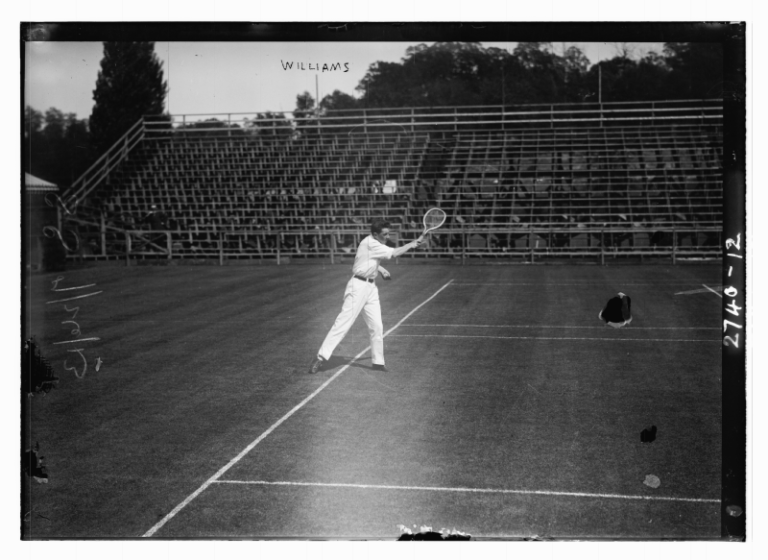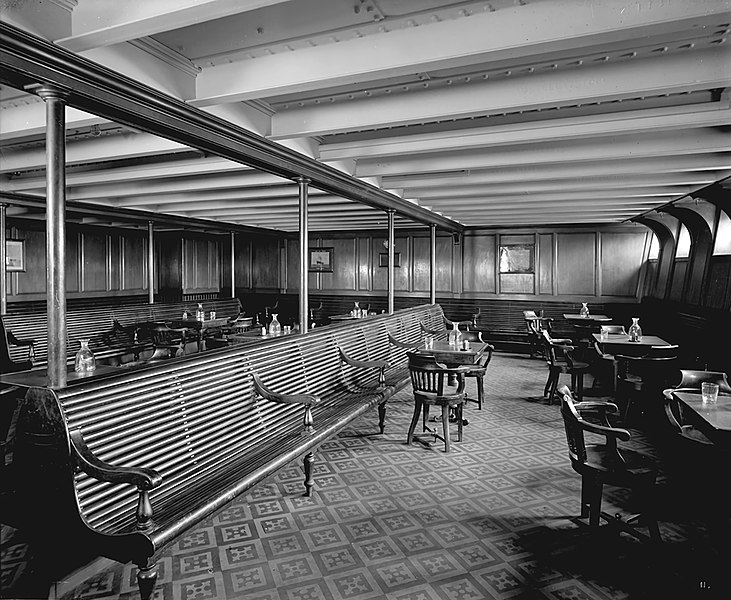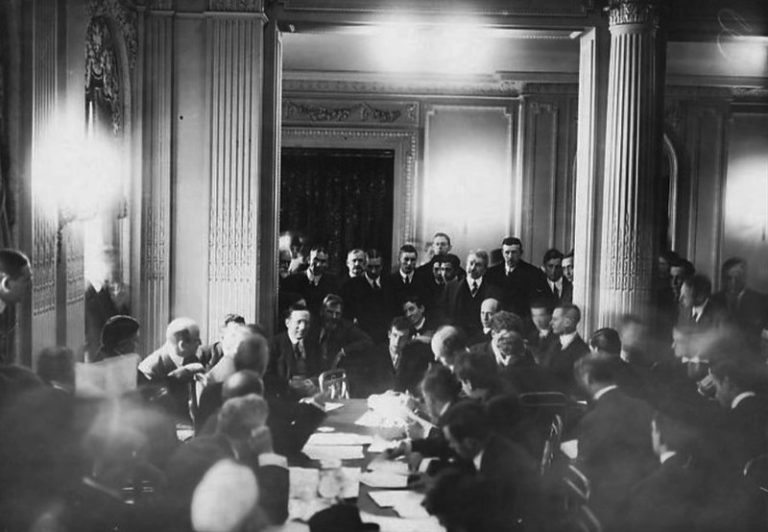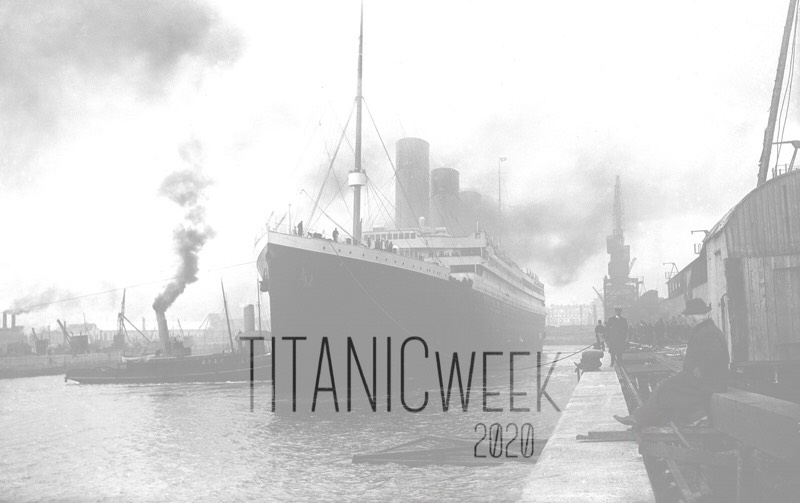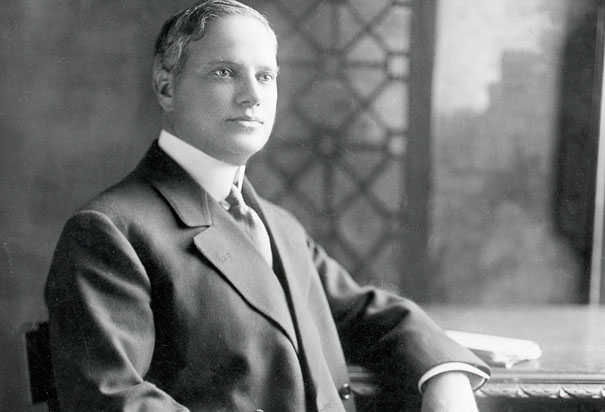"As If All the Devils of Hell Had Been Let Loose": Henry & Clara Frauenthal
In 1906, Clara Heinsheimer divorced her husband.
This was, predictably, a scandalous notion in polite society. And Clara more or less resigned herself to raising her child, a daughter named Nathalie, all alone.
But when one of Clara’s brothers passed away, her remaining brother Alfred was left in charge of an incredible estate worth more than $5 million.
And so Alfred established the New York Foundation, which promoted charitable and educational causes.
Alfred had an active role in the selection of candidates and the distribution of grants to those who applied on behalf of their causes. And he was one of the first to make a donation to the Hospital for Deformative and Joint Diseases.
And that was how Clara met Dr. Henry Frauenthal, the surgeon who had founded the institution.
Henry was an eminent physician, to say the least.
He had achieved a great deal of acclaim, in particular, for his methods of treating chronic joint diseases; soon, in 1905, he and his brother Herman were opening their first hospital on Lexington Avenue, before moving to a larger building on Madison Avenue in 1906.
This was when he met Clara.
Henry was an ardent believer in the principle of treating the whole person, and as such, had patients spanning race, class, age, and gender.
It was this philanthropic philosophy that brought him fame as an innovative and successful treater of children afflicted with polio, which at the time was overwhelming the nation.
Henry and Clara eloped in Nice, France, in the autumn of 1911, with only Henry’s brother Isaac coming along to serve as the best man.
Clara was 42 years old by this point; Henry, 48. They were atypical newlyweds, perhaps, but no less affectionate for it.
Henry and Clara boarded Titanic in Southampton with First Class passage. Isaac joined them at Cherbourg.
Henry’s reputation as an eminent physician followed him aboard. When First-Class passenger Irene Harris fractured her elbow because “took a header six or seven steps” on the Grand Staircase (because she had slipped on the remains of a teacake), she requested the specific supervision of Henry Frauenthal.
At dinner on Sunday, April 14, Isaac told Henry and Clara that he had had a foreboding dream.
It seemed to me that I was on a big steamship that suddenly crashed into something and began to go down… I saw in the dream as vividly as I could see with open eyes the gradual settling of the ship, and I heard the cries of frightened passengers.
Henry replied that maybe Isaac shouldn’t have had so much cheese before dinner time, as it was clearly making his imagination work as hard as his gallbladder.
As it turned out, Isaac was the one who was awakened later that same night by the collision with the iceberg, which he described as a “long, drawn-out rubbing noise.”
Isaac went up to A Deck, where he noticed a number of fellow First-Class passengers milling about. And when John Jacob Astor stopped Captain Smith as he was descending the steps from the bridge, Isaac overheard the conversation: the situation was dire and the ship was sinking.
Isaac ran down to Henry and Clara, pounding on their door and waking them from sleep.
The three soon found themselves waiting at Lifeboat 5 on the starboard side, which was overseen by First Officer William Murdoch and Fifth Officer Harold Lowe.
Clara was permitted to enter the boat; Henry and Isaac followed. How exactly they did so is contested.
While no survivor accounts make mention of any sort of upset or curiosity in how the Frauenthal brothers boarded, Mrs. Annie Stengel later filed a claim with White Star in which she alleged that a “Hebrew doctor” broke her ribs and knocked her unconscious when he jumped into the lifeboat.
The Frauenthals only learned once the lifeboat had been rowed around 100 yards away from Titanic that the ship had collided with an iceberg.
After the ship sank, Henry in particular sat heartbroken with his face in his hands, absorbed in the anguished cries of those in the water. As a physician, he knew full well how unlikely their survival truly was.
The Denver Post printed Dr. Frauenthal’s firsthand account on April 19, 1912.
When the word came that we were sinking and the lifeboats were ordered over the side, the panic was fearful. From all sides came shrieks and groans and cries, and it seemed as if all the devils of hell had been let loose. "Just now I am so thankful to be alive that my appreciation of the horror is dulled. I am only afraid that when I recover from the first shock it will all come back to me again.
It was reported that Henry, Clara, and Isaac were the very first to leave the rescue ship Carpathia upon its arrival in New York.
They took with them a young Swedish woman named Dagmar Bryhl, who had lost both her brother and her fiancé in the sinking. The girl was frightened, alone, and frail, so Clara took her immediately to Henry’s hospital for rehabilitation.
The Frauenthal brothers, particularly Henry, were maligned for their cowardice, as many surviving men were.
Shortly after the disaster, Henry called upon Irene Harris to check up on her fractured elbow, which he had helped to set on the Saturday before the sinking.
It is reported that when he began to discuss Titanic with her, she snapped, “I wouldn’t have my husband at the cost of a woman’s life.”
I swear we thought every woman on the ship had been placed safely in the boats. It was 'Women first' with all of the men, and at least it seemed as if the decks had been cleared of them, for not one was to be seen save those already lowered. Then the officers ordered the men to leave the sinking vessel and we left for the boats, not knowing, any one of us, I think how many of our fellow men we were leaving behind as prey to death.
Henry was subjected to additional scrutiny because he appeared “too neat” when disembarking the Carpathia, instead of disheveled.
But Dr. Frauenthal’s patients were nothing less than elated that he had survived. The New York Herald reported the following on April 19, 1912, about Dr. Frauenthal’s first day back at work.
When in the city Dr. Frauenthal visits the hospital between nine and ten o'clock each day. It has been assumed that he will follow his custom, and the patients will be taken in wheeled chairs to the verandas to watch for his approach, which they will greet with cheers and the waving of handkerchiefs. An informal reception inside the hospital will follow.
Dr. And Mrs. Frauenthal survived Titanic, but they were less fortunate in the years that followed. Despite professional successes and further travel abroad, Henry and Clara both suffered from mental health issues as the years bore on.
Henry’s health deteriorated alongside his marriage: diabetes caused him to lose some of his toes—a procedure that he supervised over, of course.
On March 11, 1927, Henry Frauenthal jumped out a seventh floor window of his hospital.
His family, including his great-nephew, believe that Dr. Frauenthal’s suicide was because of his failing health, and a fear of the diabetes-related amputations that he foresaw as inevitable.
He was 63 years old.
Owing to social mores, Henry’s suicide could not be reported on in any direct fashion. The medical examiner listed his cause of death as “a fall from a window due to mental derangement.”
Over one thousand people attended Henry’s funeral. Per his last will and testament, his ashes were reserved until they could “be scattered from the roof of [his] hospital to the four winds” on the fiftieth anniversary of its founding: October 4, 1955.
Clara was admitted to a sanitarium shortly after Henry’s death, where she remained until she died in 1943.
SOURCE MATERIAL
Russell, Gareth. "The Ship of Dreams: The Sinking of the Titanic and the End of the Edwardian Era." Atria Books, 2019.
https://www.encyclopedia-titanica.org/titanic-survivor/henry-william-frauenthal.html
https://www.encyclopedia-titanica.org/panic-terrible-just-before-vessel-sank.html
https://www.encyclopedia-titanica.org/cripples-greet-titanic-survivor.html








